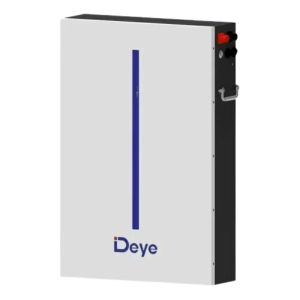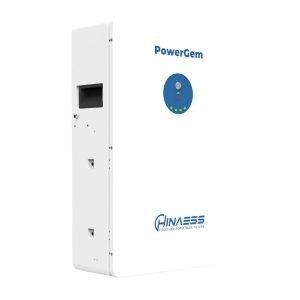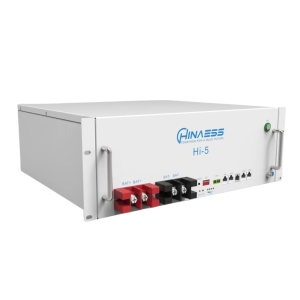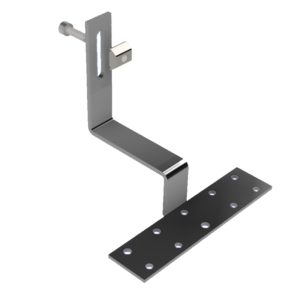- 064 544 5163
- 066 272 2484
- info@synergistec.co.za
- Mon - Fri : 8am - 5pm
R258,00 EXCL. VAT
Battery cables of this size and color are commonly used in automotive and industrial applications to connect batteries, starter motors, alternators, and other electrical components. They are designed to carry high currents and provide a reliable electrical connection.
Product Information:
Product Type: Battery Cable
Cable Size: 70mm
Color: Red
Application: Battery cables of this size and color are commonly used in automotive and industrial applications to connect batteries, starter motors, alternators, and other electrical components. They are designed to carry high currents and provide a reliable electrical connection.
Key Technical Information:
Cable Size: The cable has a cross-sectional area of 70mm², which indicates its ability to carry high currents without excessive voltage drop.
Color: The red color is a common industry standard for positive battery connections, making it easy to identify in electrical systems.
Material: Battery cables are typically made of stranded copper or aluminum conductors, which provide flexibility and excellent conductivity.
Usage: Battery cables are used to connect batteries to electrical components in various applications. Here’s how to use the product:
Application Assessment: Determine the specific application in which you need to use the battery cable, such as connecting a vehicle battery to the starter motor.
Cable Length: Measure and cut the battery cable to the desired length, ensuring it is long enough to reach between the battery and the component it will connect to.
Battery Connection: Strip the insulation from one end of the cable and connect it to the positive terminal of the battery. Ensure the connection is tight and secure.
Component Connection: Strip the insulation from the other end of the cable and connect it to the component (e.g., starter motor, alternator) that requires the power supply. Again, ensure a tight and secure connection.
Secure Routing: Route the cable in a way that avoids sharp edges, moving parts, or heat sources that could damage the insulation. Use cable clamps or holders to secure the cable in place.
Final Inspection: Double-check all connections to ensure they are tight and properly secured. Make sure there are no exposed wires or loose connections.
Battery cables are essential for providing a reliable electrical connection between a battery and the components that require power. The 70mm cable size indicates that it is suitable for applications with high current demands, such as automotive and industrial systems. For specific technical details, refer to the product documentation provided by the manufacturer or supplier.










Illuminating South Africa with Solar Innovation.

Copyright © 2023 Synergistec
Designed by Rubik Solutions